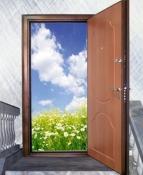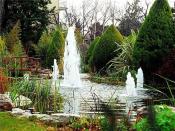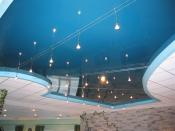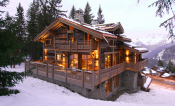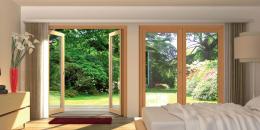Search
Login
Recommended
What are combo windows? Types of combined windows, what is the difference between wood-aluminum windows from aluminum-wood windows and wood-plastic windows, the advantages and disadvantages of combined windows
The desire of manufacturers to improve window systems, combining all the advantages of the materials used (wood, aluminum, plastic), contributed to the emergence of innovative combination windows.
Some types of combined window systems are already widespread today, while others are at the stage of experimentation and optimization. Let's try to understand the design features of combined windows, their advantages and possible disadvantages during operation.
Content
- Definition of combined windows and their types
- Features of designs and characteristics of combined windows
- Advantages and disadvantages of combo windows
- Scope of window systems of the combined type
- Combo Window Care
Definition of combined windows and their types
Combined windows are structures whose frames are made of different materials. The main goal of creating combined window blocks is to increase functional characteristics and extend their life.
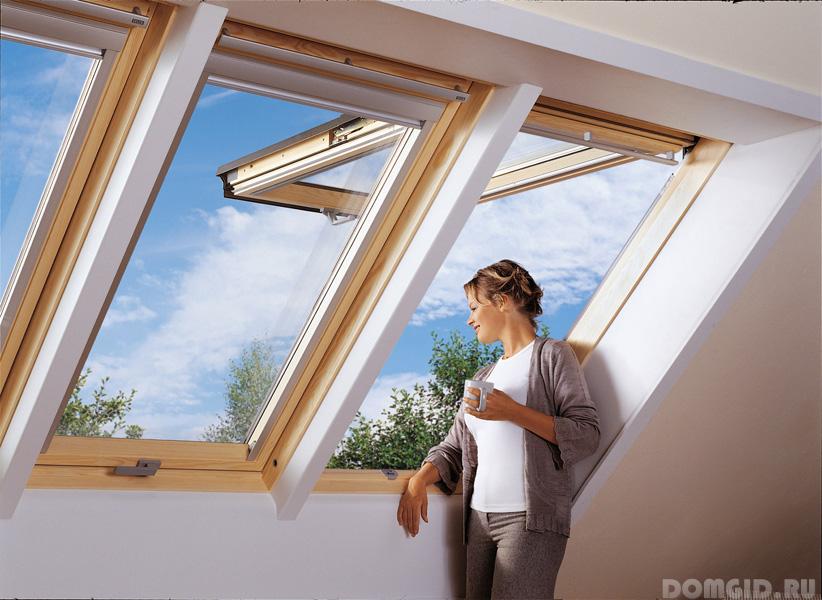
The creators are constantly experimenting, trying to assemble the perfect window, which will be inherent in all the advantages of wood, plastic and metal. At the same time, they try to neutralize or minimize the manifestation of deficiencies inherent in a particular material.
Depending on the combination of materials, combination windows are:
- wood-aluminum;
- aluminum-wood;
- wood-plastic;
- aluminum-wood-plastic;
- other compounds.
The service life, reliability and usability of windows depend on the combination of materials.
Features of designs and characteristics of combined windows
wood-aluminum windows
In the combination windows of this type, the frame is made of wood, and on top is protected by aluminum. The connection allows you to increase the resistance of the window to environmental influences and contributes to the preservation of heat in the room.
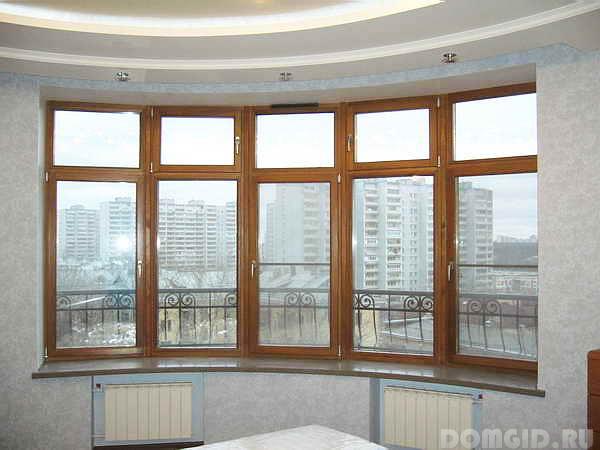
Wood-aluminum windows are made according to three technologies:
- finnish
- german
- swedish.
The window construction made according to Finnish technology consists of two frames (the inner frame is wooden, the outer aluminum). The wooden part of the frame is equipped with a double-glazed window, and the metal part with a single glass (sunscreen, transparent, shockproof or tinted). The thickness of the window construction is 95-210 mm.
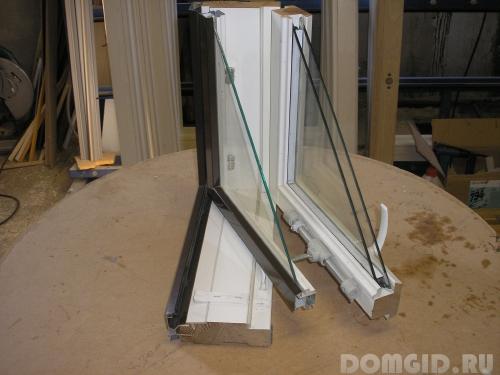
The system allows you to open frames simultaneously or alternately. To do this, a special metal rod is mounted on the outer frame, moving along the comb, which is located on the inner frame. Using the clamps on the rod, you can adjust the opening of the window sashes.
Finnish-style windows cannot open in several planes, and are bulky enough.
The distance between the wings provides high heat and sound insulation. In addition, sunshades can be installed between the frames.
With the German technology for manufacturing combined windows, a single wooden frame is installed, protected along the perimeter by an aluminum cover.
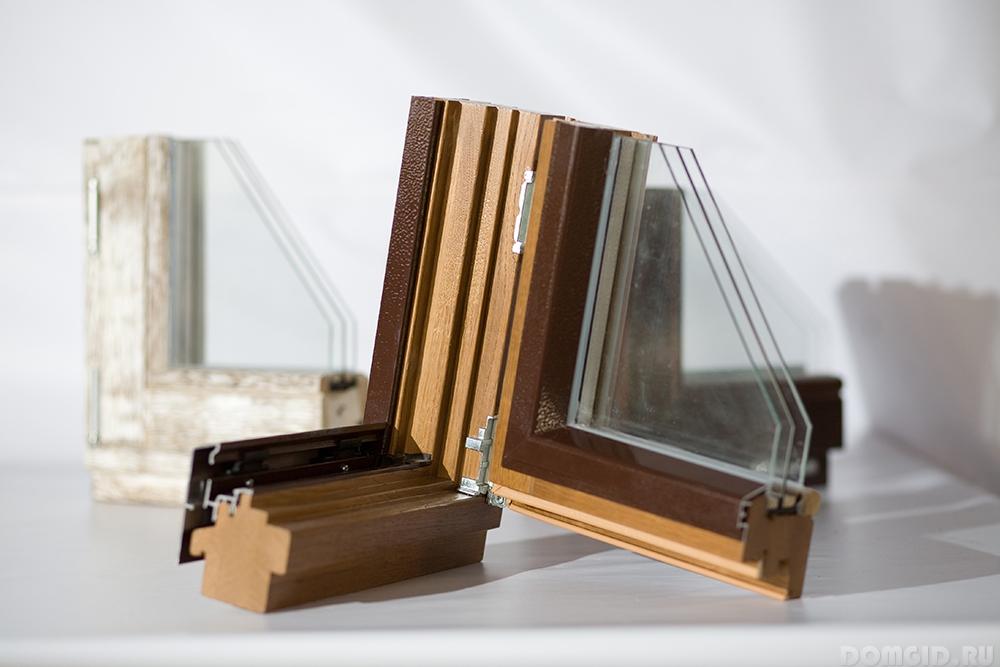
Metal protection can be attached to the frame with clips, leaving a small gap between the wood and aluminum for the outflow of moisture and ventilation of the room. If necessary, the overlay can be removed and installed back.
The second mounting option is a tight connection of a wooden frame and aluminum trim. The design allows you to open the sash in two planes.
German-style combination windows are easier to install, but inferior in thermal insulation to Swedish and Finnish windows.
Swedish combined windows are similar in design to Finnish. They also consist of two frames (wooden inner with double-glazed windows, and external aluminum with single glass). Between themselves, the frames are paired with bindings, which makes it possible to open the window in different planes. The width of the window box is 90 -105 mm.
aluminum-wood windows
In aluminum-wood window systems, the main support function is assigned to aluminum, wood will play a decorative role and helps to keep warm in the house.
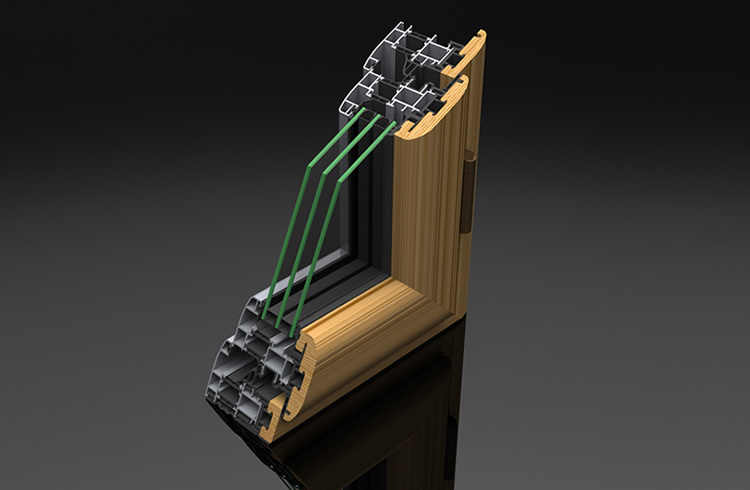
The outer side of aluminum-wooden windows is a warm aluminum profile, and the inner lining is made of noble wood (oak, beech).
Mixall aluminum-wood windows, which are characterized by a high degree of thermal insulation, have proven themselves well in the market. Windows owe their characteristics to gaskets (from 2x to 5ti) installed between a metal frame and a tree. Frost-resistant gaskets provide tightness and density of the vestibule of the window, which is especially important in the autumn-winter period.
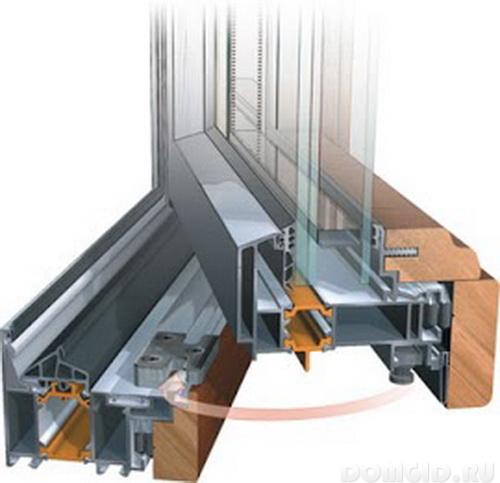
Thermal fracture (fiberglass reinforced polyamide) prevents wood from contacting aluminum.
Aluminum-wood windows can have a sliding system.
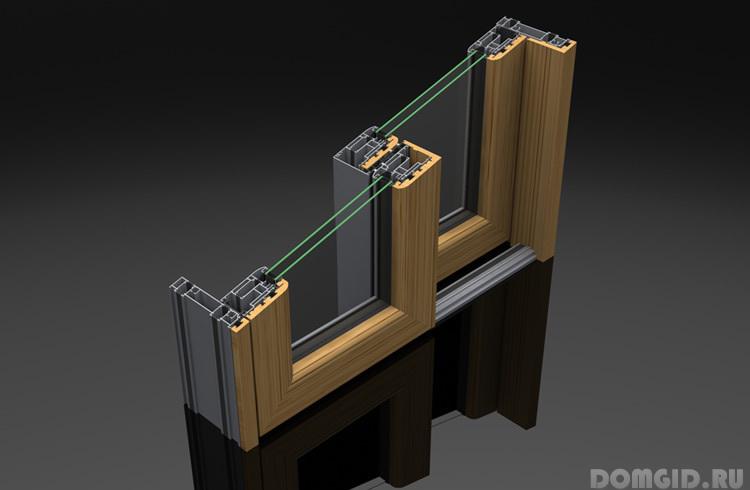
wood-plastic windows
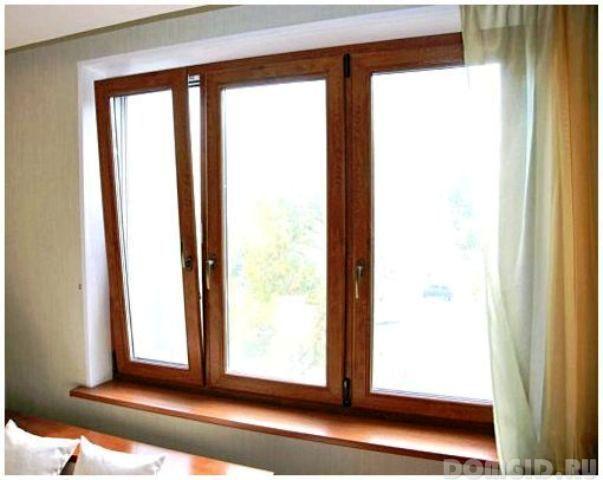
Wood-plastic windows are a kind of alternative to aluminum-wooden windows. They combine the advantages of wood (thermal insulation, naturalness, decorativeness) and solid PVC (affordable, easy to care, environmental resistance).
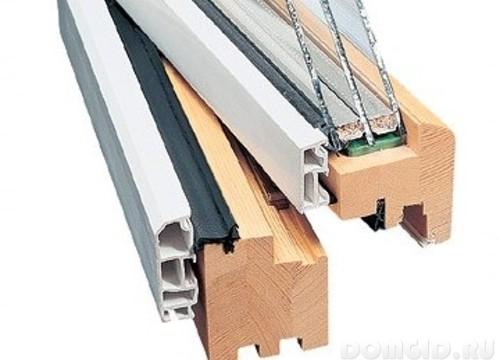
The window frame is made of wood (a three-layer glued beam can be used), and the plastic outer cover is a reliable protection for the tree from atmospheric effects.
Plastic connects to wood with clips, which take on the extra stress arising from the expansion of PVC and wood.
Advantages and disadvantages of combo windows
Each of the listed types of combined windows has its own advantages and some disadvantages.
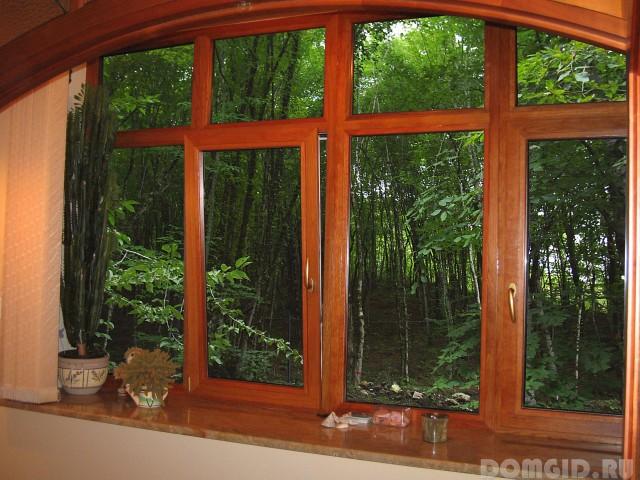
The advantages inherent for all types of combined structures include:
- high rates of sound and heat insulation;
- wide decorative possibilities;
- durability;
- good tightness of joints and joints;
- windows are easy to clean.
Wood-aluminum and aluminum-wood windows are completely safe from an environmental point of view. The service life of structures can reach 100 years.
Aluminum-wood structures are lighter than their counterparts, where the wooden frame performs the persistent function.
Perhaps the main disadvantage of combined window systems is their relative high cost. The cost of wood-plastic and aluminum-wooden structures is lower than the cost of wood-aluminum windows (the price is due to the high cost of wooden and metal frames).
Up to 20% can be saved on the purchase of windows of domestic manufacturers. At the same time, the manufacturer guarantees the quality of performance and compliance with the technologies (shelf life up to 2 years).
Scope of window systems of the combined type
Excellent operational characteristics of combined windows allow them to be installed in residential premises, offices, shopping centers, industrial and social enterprises.
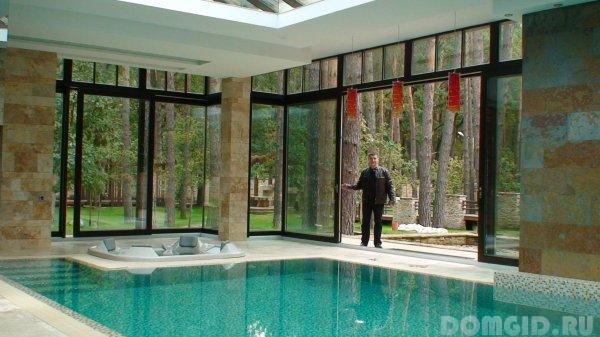
The most common windows are wood-aluminum type, as they easily withstand frosty winters. In second place in popularity, aluminum-wood windows made of a warm metal profile with a thermal bridge between the frame and the wooden trim.
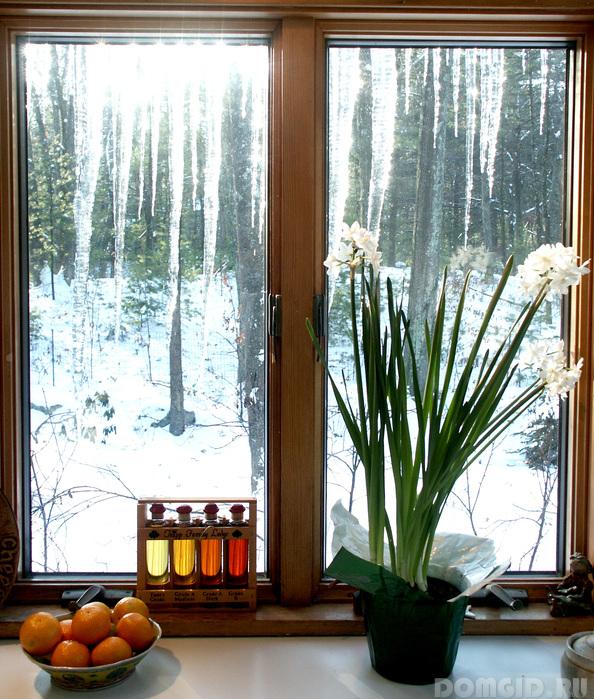
In some models of combined windows, several thermal bridges are mounted at once, which create additional voids inside. This type of window construction is designed for the harsh climate of the Far North.
Combo Window Care
When caring for windows, it is necessary to take into account the characteristics of the materials that make up the basis of the design. Each component (wood, aluminum, plastic) needs special care products.
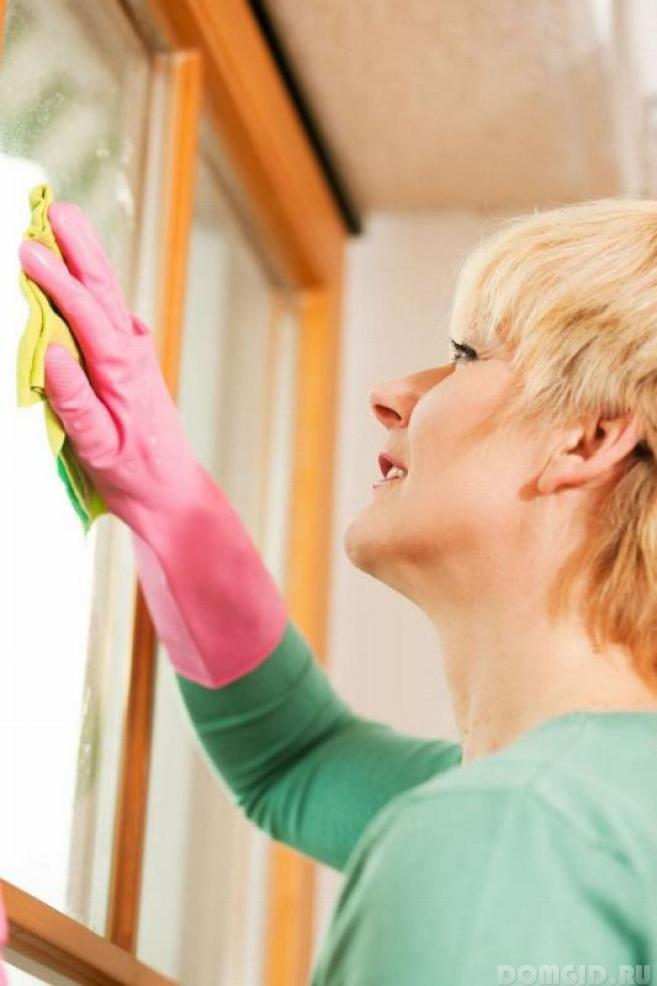
The wooden part of the frame cannot be treated with organic solvents, nitro-varnishes and detergents, which contain acid. To refresh the wood, you can periodically treat the surface with varnish or paint.
The aluminum profile or metal plate must be wiped with silicone-based products (allows you to preserve the original aesthetic appearance of the window). Veil defects (scratches) will help aluminum resin and special window corrections.
It is sufficient to wipe the plastic surface with a damp cloth dampened in soapy water.
Caring for window fittings involves:
- lubrication of moving parts (twice a year);
- inspection of seals (it may be necessary to replace them every 7-10 years);
- the sealant must be wiped with silicone oil, this will ensure the elasticity of the material, enhance water-repellent properties and remove accumulated dust.
Manufacturers suggest that in the future, combined windows will occupy the main positions in the window market, displacing wood and plastic. Cost will become competitive, and the number and range of offers will increase.
